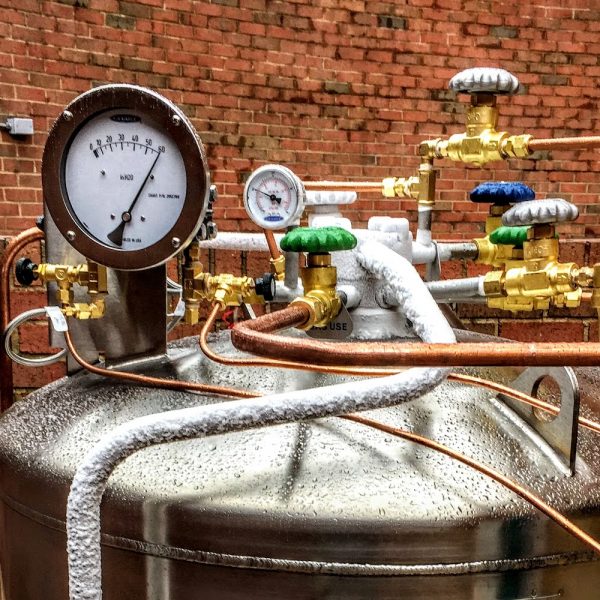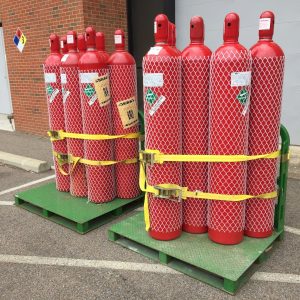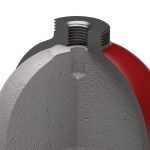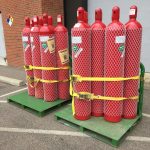Industrial gases are a crucial component in many industries, including manufacturing, healthcare, and research. These gases are used in a wide range of applications, from welding and metal fabrication to medical procedures and scientific experiments. Industrial gases are typically produced through various methods, including air separation, chemical reactions, and purification techniques.
Some of the most commonly used industrial gases include oxygen, nitrogen, argon, carbon dioxide, and helium. Oxygen is often used for welding and cutting applications, as well as in medical settings to assist with breathing. Nitrogen is used for inerting, purging, and cooling applications, while argon is commonly used in welding and metal fabrication due to its ability to shield the metal from atmospheric gases. Carbon dioxide is often used in refrigeration and carbonation, while helium is commonly used in leak detection and as a cooling agent in cryogenics.
The use of industrial gases is a critical aspect of many industries, and their production and delivery require careful attention to safety and quality. The handling and storage of industrial gases must be done with care, and proper training and equipment are essential for safe operation.





